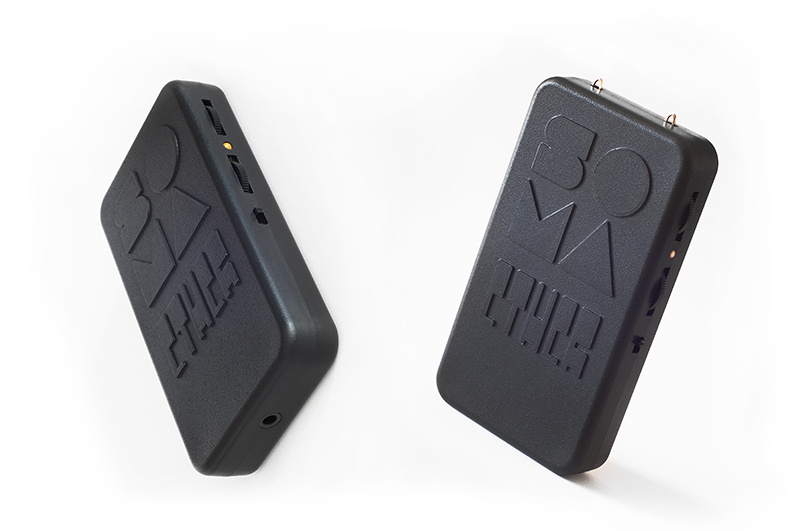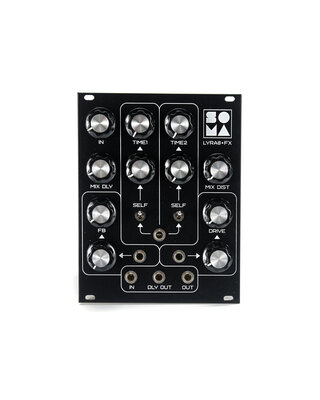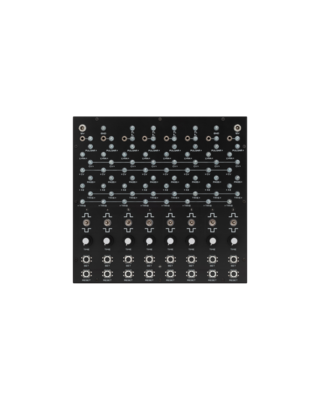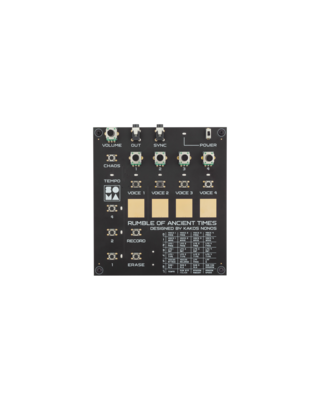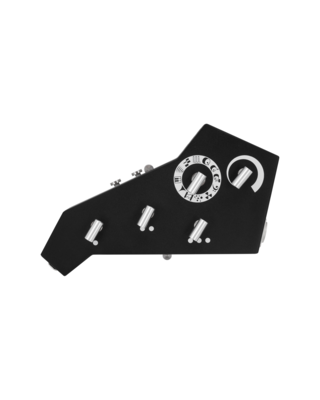ETHER is a kind of anti-radio. Instead of being tuned to a specific radio station, it receives all the interference and radiation that a traditional radio tries to eliminate in order to create a clean signal. It captures the radio waves “as is” from hertz to gigahertz because it doesn’t contain the tuned input circuit that filters out all frequencies except the narrow band of a specific station. This allows ETHER to perceive the invisible electromagnetic landscape that humans created unintentionally, making possible live electromagnetic field listening and recording.
As the inspiration for this project, I took the design of the very first radios (early 1900s) that had no tuning wheel. At this time there weren’t many radio stations, and all of them used Morse code. It was possible to distinguish each transmitter by ear, as each one had its own specific timbre or “voice”.
ETHER is pocket-sized (103x58x17mm) and light-weight (73g with batteries). It consumes very little power and runs on two AAA batteries. How long it can run on two batteries is unclear, because I still use the very same set of alkaline batteries I put into the first ETHER prototype 6 years ago! (yes the project has taken 6 years). All I can definitely say is that battery life is more than 300 hours if you using alkaline or lithium batteries.
We paid special attention to the design of ETHER, as it’s intended to be a unique accessory for the conscious modern human. We used special designed enclosures made in Europe and high-quality PCB and furniture providing long life and high reliability. So with ETHER, you get both a unique sound experience and a cool-looking high-quality gizmo.
ETHER has both magnetic and electric components for sensing radiation. For the magnetic component, it has a built-in magnetic antenna, like the ones used in old long-wave radios. The antenna has maximum sensitivity on ETHER’s axis. By changing the orientation, angle and position of ETHER, you will change the sound. For the electric component, it has antennas printed on the PCB and the special input pins placed on the anterior surface.
ETHER V2 has two external antenna pins. You can touch any conductive material or surface (including your body) with the pins and use objects or yourself as a big external antenna! Often it makes a totally different sound and I love to check out different metal objects on a street (rails, tubes, metallic doors, parts of buildings etc.) Two pins are connected to different points of the circuit and interact differently with electromagnetic waves. Switching from one to another or using them both, you can change the sound. Far away from a city, we recommend trying to use a piece of wire 1-4 meters long connected to one of the pins for getting some interesting sound.
ETHER V2 has two wheels for sound control and the power switch. The upper wheel adjusts the amount of high-frequency amplification and regeneration. The lower wheel is the volume. By adjusting high-frequency gain you can focus ETHER on different dynamical levels of surround interferences getting the richest and interesting sound.
ETHER is not just an inductive sniffer like some projects you can easily find online. A simple low-frequency inductive sniffer will be silent in most places that are full of sounds in the video. Such devices need to be placed close to an emitting source and will not work on a street. All they contain is a coil and a low-frequency amplifier. In comparison, ETHER has a regenerative circuit and a demodulator, making it an actual radio wave receiver, not just an amplifier of low-frequency magnetic fields. However, ETHER can perceive the low-frequency magnetic fields as well. But, honestly, if your goal is to scan objects in close proximity (0-20 centimeters), a simple inductive sniffer will work cleaner and more focused due to its narrow band and lower sensitivity. ETHER was designed to be a part of your walks in the city and may even pick up sounds in a forest or at the seashore (I have such experience). Also, ETHER can perceive the electric component of the radiation as well, capturing radiation that is far above the audio range and is much more sensitive. Therefore, it has a significantly different design, functions and implementation than a simple inductive sniffer even if in some cases their functions can overlap.
ETHER is very sensitive to any kind of digital circuitry that’s in close proximity. This is why I didn’t put an SD-card recorder or something like that inside. You also have to make sure to keep other electronic devices that you carry (phone, laptop, recorder) at least 30cm/1ft away to avoid interference, but ETHER definitely works well when you walk around with a smartphone and laptop in other pockets and bags. The output of ETHER is a regular 3.5mm headphones’ stereo jack with L and R contacts connected in parallel (ETHER has a mono out). To record ETHER, you need to use an audio cable of at least 1m/3ft in length to connect it to a device like a ZOOM recorder. Even with a long cable, ETHER can sound different than when using headphones. To get the purest sound, headphones are required. Some sounds you can record only with the mind, sorry. But the best snapshots are kept in our heart so let it be a part of the game:)
More information about SOMA ETHER V2 you can find here: SOMA ETHER V2


